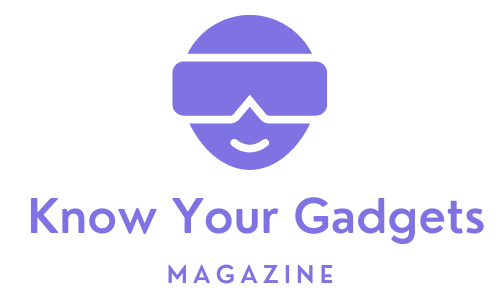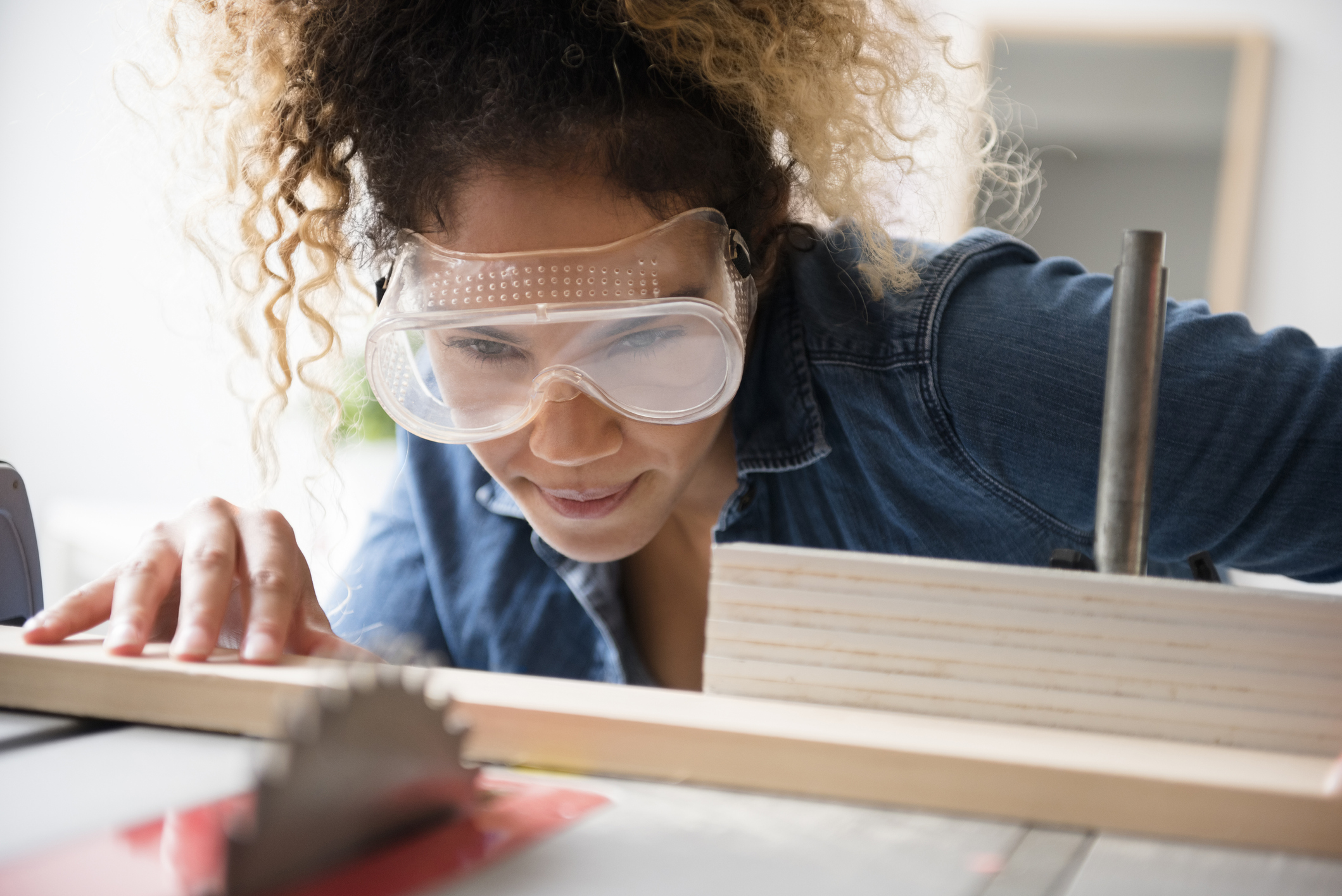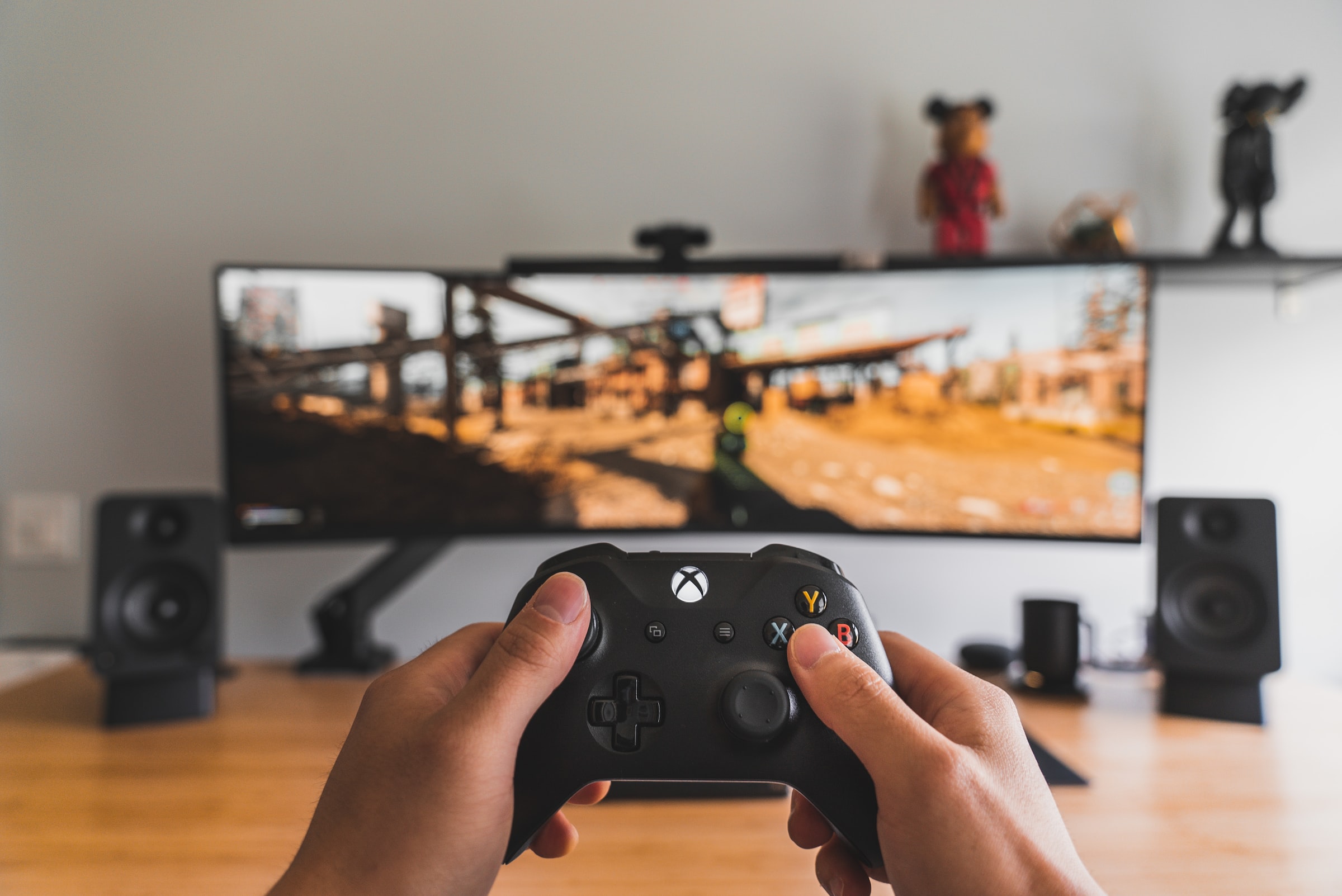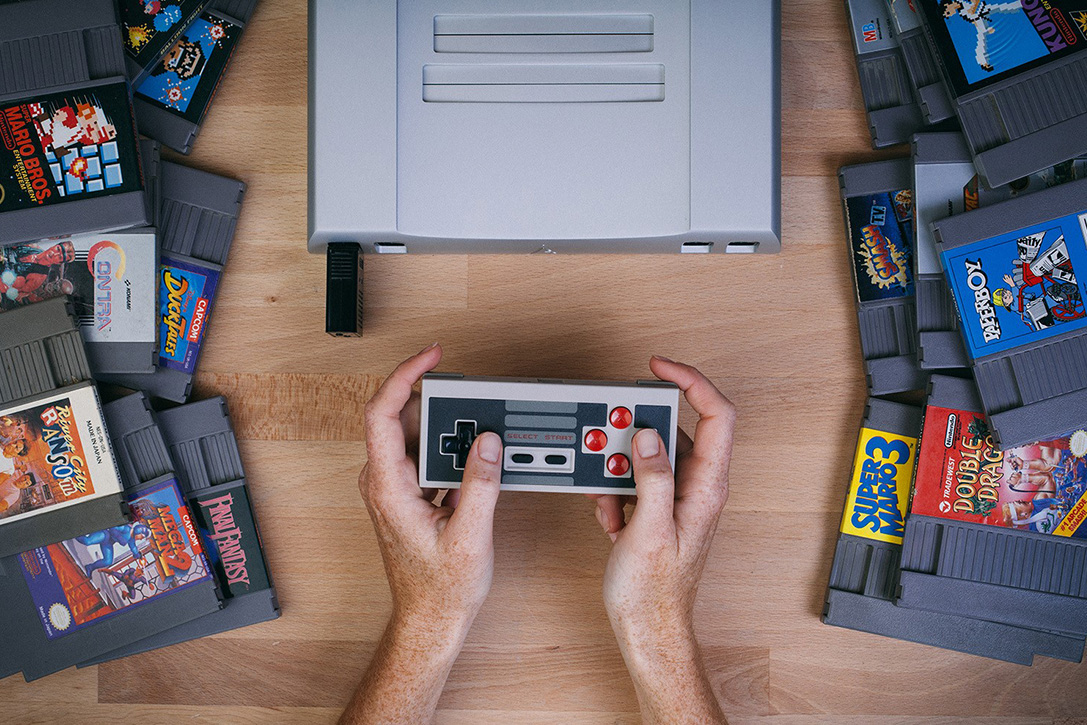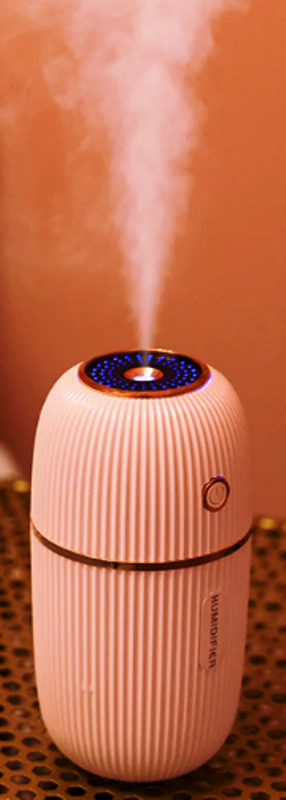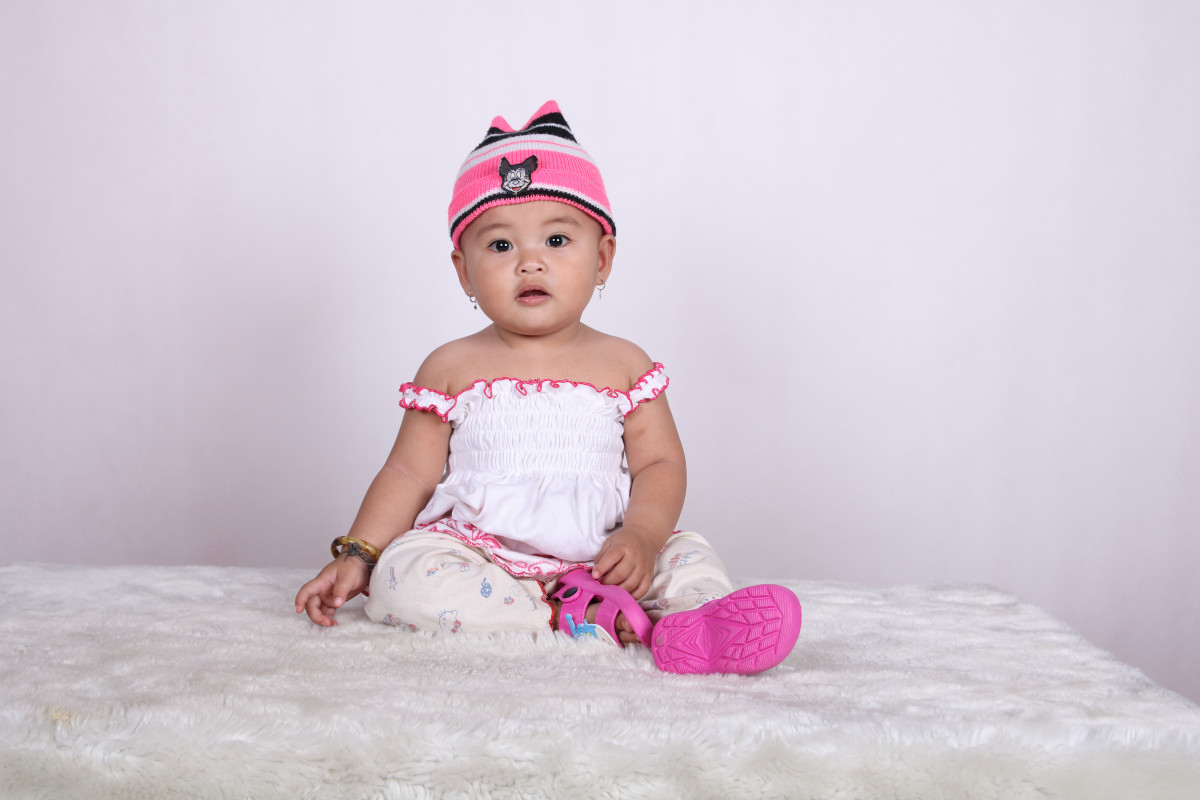If you’ve read the first article and were indeed able to impress your friends with the DIY WiFi antenna, here is one cooler and easier DIY gadget you can make to show off to your friends.
Make a Digital Clock
 Instructions to make a digital clock:
Instructions to make a digital clock:
Step 1: You start by finding a good electronic parts supplier who can provide you with the basic materials you’ll need for this DIY project. If you go through electronic supply catalogs or through the net, you’ll find several electronic parts suppliers.
Step 2: You’ll need to gather the following basic supplies for your project: resistors, capacitors, integrated circuits of the generic 40xx and 74xx families.
Step 3: It is important for you to have an electronics prototyping breadboard. And, usually, the board comes with wires that should be plugged into it so that it can connect with circuits but if the breadboard doesn’t have any clips, you can always buy them and then connect the clips to the breadboard.
Step 4: Now, try to find a data sheet for a 7805 regulator; this information sheet will tell you everything you need to know about wiring and connecting the 7805 and all the other components.
Step 5: Use the 7805 along with the supporting components to build one corner of the breadboard. Using the data sheet as your guide, make all the necessary wire connections for the circuit to work properly. Base yourself on the manufacturer fact sheet to plug all the components into the breadboard.
Step 6: For the 4060 multivibrators integrated circuit, find the appropriate fact sheet. Again, the data sheet will tell you everything you need to know about connecting the 4060 and using it as a time generator in line with a 4014 flip flop IC (Integrated Circuit). And, don’t worry, all the connections including the supporting components will be featured on the data sheet.
Step 7: Once you’ve got all the 4013, 4060, breadboard sockets and supporting components for these electronic parts as mentioned in the manufacturer’s fact sheet, start building the 1 Hz time base on one corner of the breadboard. If needed, consult the fact sheet once again to make appropriate wire connections for the circuit. Then, plug them into the board.
Step 8: Now, it’s time to set up the 67490 counter ICs in a line right on the board. Once you’ve set the 67447 display driver ICs in a line near the 7490 ICs, place the 6 light emitting diode (LED) displays in another line and arrange them so as they are side to side as exactly how digits in a digital clock should be. Remember that all these components must be plugged into the appropriate breadboard sockets, which in turn should be connected to the main board.
Step 9: Now, we come to the phase where you have to connect the display drivers. Again, using the data sheet as a guide, connect the 7447s to the LED displays along with the 7490s.
Step 10: Here, the counter section must be created. Let’s use the 7490 data sheets. Wiring and connection should be started from the rightmost device to the leftmost device. While the first 47490s must be wired as a count by 6, a count by 6, a count by 10, a count by 10, the fifth 7490 and sixth 7490 should be wired as a count by 2 and count 1 for the 12-hour clock and the sixth 7490 and fifth 7490 should be wired as a count by 2 and count by 4 for the 24-hour clock.
Step 11: Once, you’ve connected the 1 Hz time base, provided the ability to set the minutes and hours section of the counter and wired all the necessary pins of all the 7490, use the 12 volt battery socket to connect the 12 volt battery to the 7805 regulator.
